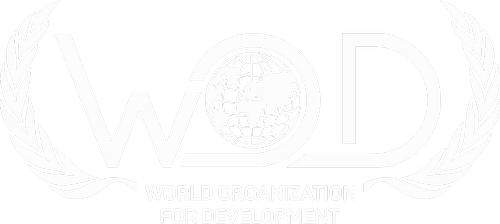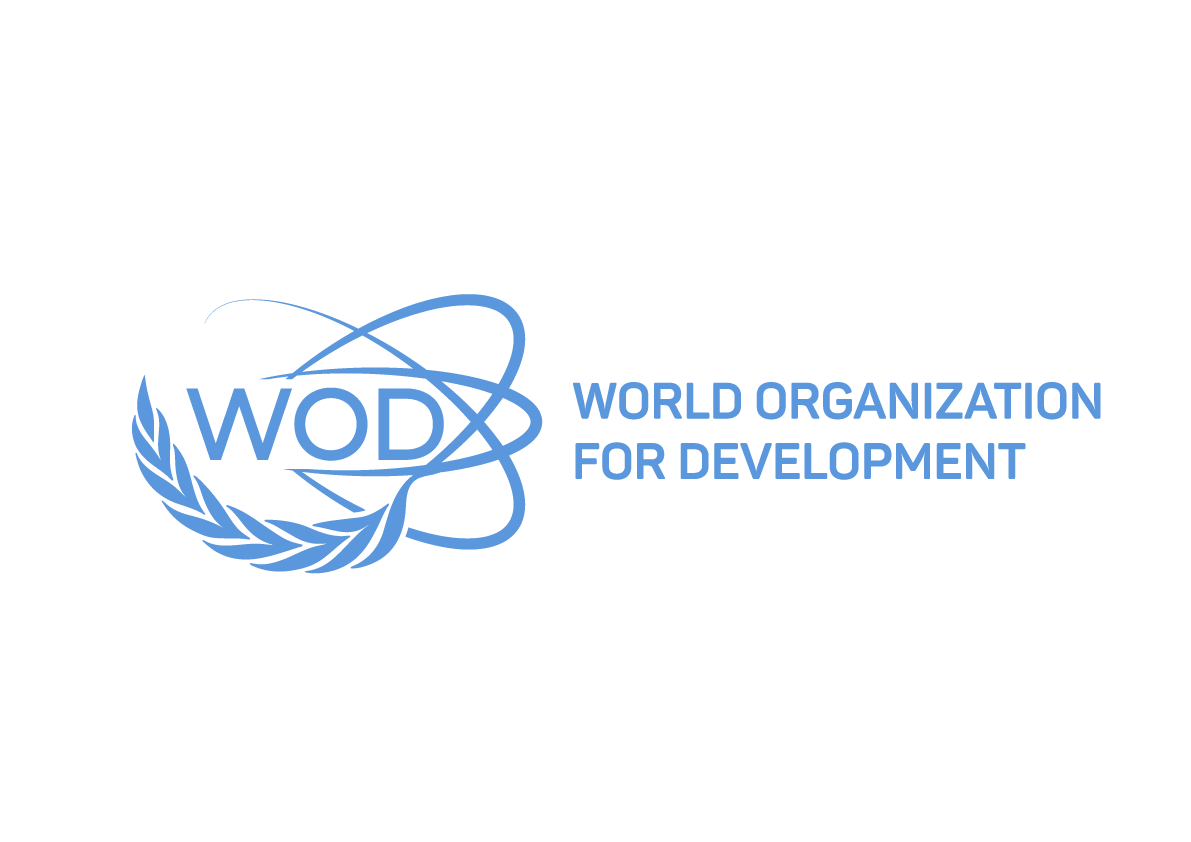Money Isn’t Rushing to Russia
Russian authorities are constantly declaring that attracting foreign investments into the regions is one of the main objectives of the government’s economic policy. But judging by the recently released published Russia’s official statistics agency, Rosstat, in 2012 investors remain cautious about Russian prospects and are extremely reluctant to invest directly in infrastructure projects. The flow of foreign direct investments for 2012, according to figures from the Russian government agency Rosstat, totaled $18.6 billion, which was only 1.4% more than the previous year. At these rates it will take at least a decade to reach pre-crisis levels.
The biggest investors in Russia last year came from Germany, the Netherlands, France, Austria, and the UK. With the exception of the Netherlands, FDI flow from these countries grew from 2011: 1.5 times more from French companies and 2.5 times from British.
Among the top ten was also Russia’s BRICS partner India, though inflow from this country decreased 20% compared with the previous year. Chinese FDI also decreased 64%, totaling $212 million. At first sight, FDI flows from Brazil and South Africa to Russia seems to be modest at $860,000 and $568,000, respectively. But a year earlier, these countries had no flow at all into Russia.
The greatest surge in interest as a percentage came from investors from the Czech Republic, Panama (FDI flow grew 50-55 times to $136 million and $108 million, respectively), Slovenia, and Mexico.
The city of Moscow remains the most attractive region for foreign capital in Russia, having held this title for several years. For the second consecutive year, FDI volume increased and 2012 totals exceeded $4.3 billion (+5.9%).
Stability also differentiates the Amur Oblast (Region), which has been in the top ten for two years in a row and last year saw FDI flows grow by a third (31.4% to $559 million).
The Moscow and Sakhalin oblasts have lost their positions, with the volume of foreign direct investments falling by 50-60%, while in the Saint Petersburg and Kaluga oblasts, FDI has fallen by 17%. It should be noted, though, that the last two regions are rapidly developing, confidence of both foreign and national investors is high, and the investment climate overall is favorable.
A fivefold growth in FDI in the Republic of Tatarstan has allowed the region to move to 9th place in the ranking from 24th a year earlier. The hard work of the Tatarstan Investment Development Agency to promote the region across global markets has increased its recognition as an attractive investment region from 18% to 44%, which directly affects total FDI flow. One of the main projects over the last several years was opening a new ROCKWOOL factory in the Alabuga Special Economic Zone. Investments in this project have exceeded $145 million.
The Yaroslav Oblast and the Tyva Republic were among the top 20 countries with the most FDI growth over last year, with growth of 24 and 14 times, respectively.
The Yaroslav Oblast is currently offering investors several industrial zones. The region, while poor in raw materials, is successfully developing the manufacturing of automotive parts, power engineering, pharmaceuticals, and is building industrial parks. The Tyva Republic is heavily promoting their “Standard of Conditions for Investors,” and raw materials there make the region attractive for potential investments.
To objectively evaluate the investment activity in the regions, indicators such as foreign direct investment flow per capita should be considered. The Sakhalin Oblast has led in this ranking for multiple years, though it should be noted that 2012 figures saw a decrease of 63%. Nonetheless, the $1,600 per person is a number unattainable for now in other regions. In second place, up from third a year earlier, is the Chukotka Autonomous Okrug, though here, too, a 20% decrease was observed. Breaking through to third place from 31st was the Tyva Republic. The total FDI flow for 2012 grew 14 times, thanks to projects in mining.
Results from the Yaroslav Oblast are also impressive – in 2012 there was $283 of foreign direct investment for every resident, versus just $12 a year previous. There was also significant FDI per capita growth in the Primorsky Krai, the Novgorod Oblast, and in the Republic of Tatarstan: A year previous, these three regions were in 41st through 43rd places, but in 2012 they climbed into the top 20.
If FDI from offshores and Cyprus aren’t included, the first three regions stay the same. But the Kaluga Oblast would be in fourth place, having almost 100% “pure” foreign investments. The Republic of Tatarstan, Primorskiy Krai, and Rostov Oblast also have a high percentage (more than 90%) of real foreign investments.
It’s interesting to note that the flow volume from the debt-ridden island nation in 2012 grew from 31% from 24% a year earlier. On the other hand, the number of offshore zones on the list of investors in 2012 was reduced to 24 territories.
The final indicator we looked at was the ratio of FDI to gross regional product. In our view, this also reflects the investment attractiveness of a region. On average, this figure is less than 1% in Russia, but in various regions the picture is quite different. Leaders in 2012 included the Tyva Republic, which was helped by a 14-fold increase in direct investments. In second place was the Kaluga Oblast, which has been a leader in this indicator for several years. Rounding off the top three is the Amur Oblast, which after three years of being in fifth place was finally able to move up.
To summarize, we can say that competition for foreign investors inside Russia is growing and the struggle for capital involves more than half of the Russian regions. Creating development agencies, developing investment strategies, forming industrial parks and clusters with the necessary infrastructure, and presentations about the investment opportunities in the regions at global forums – these are some of the things many regions are doing, and foreign companies today have the chance to choose the region they find most attractive to do business in. The uneven revenues from year to year in each region can be explained by how active the regional authorities are. It is quite possible that next year, even with a nearly identical volume, we will see a very different picture.
Text: Oksana Chaika




Comments are closed.